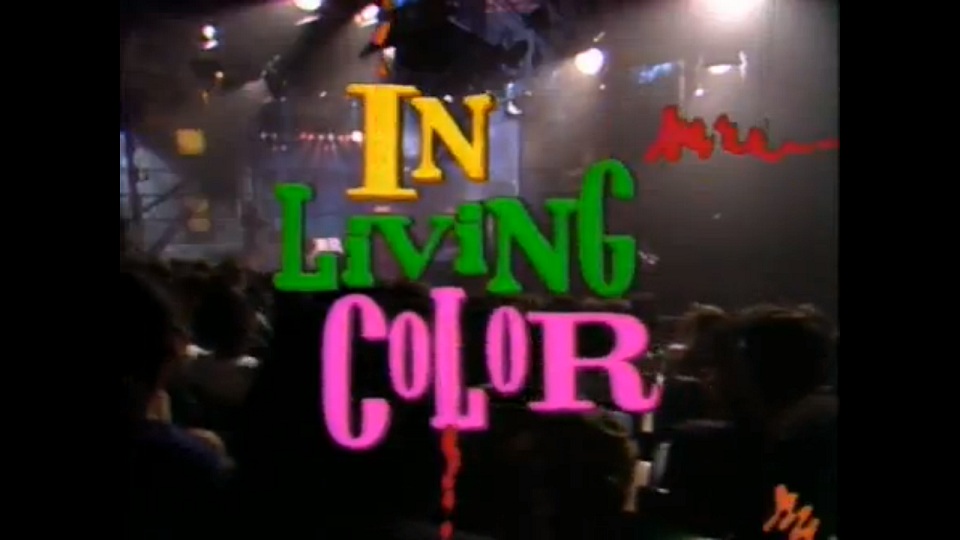In the summer of 1989, while Spike Lee's "Do the Right Thing" was sounding a thunderclap in cinemas, a troupe of largely black actors and comedians came together on a Fox sound stage in Century City to produce a sketch comedy show aimed at servicing a minority point of view that had been underrepresented by the medium. With producer
Keenen Ivory Wayans at the helm, fresh off the success of his 1988 Blaxploitation parody film "I'm Gonna Git You Sucka," eight individuals — a then-unknown
Jim Carrey along with
Kelly Coffield,
Kim Coles,
Tommy Davidson,
David Alan Grier, T'Keyah "Crystal" Keymáh and Wayans' siblings Damon and Kim — filmed the first episodes of "
In Living Color." The show debuted on April 15, 1990, and 25 years later,
Damon Wayans can't help but remember first and foremost that he had hair back then.
"I remember the pain of getting fired from 'Saturday Night Live' and feeling that I needed redemption," he adds by phone, recalling his short-lived tenure on NBC's flagship sketch comedy show. "I was really passionate about doing stand-up and playing around doing characters on stage."
In just its third year of existence in 1989, Fox had already shown a brief history of defying convention. Joan Rivers had briefly taken up residence opposite "The Tonight Show" on the late night battlefield and Arsenio Hall would follow soon after as the first black entertainer in the space. Meanwhile, sitcoms like "Married… with Children" stood out from the fray with unique content while variety series like "The Tracey Ullman Show" played with format. From the latter (via a series of animated shorts) sprang "The Simpsons," which drew criticism from some parents and conservatives who felt its rebellious central character Bart Simpson was a poor role model for children. No sketch show that wasn't "Saturday Night Live" had been a lasting success, so the risk of "In Living Color" was right at home in the new network's programming.
Kim Wayans was working as an executive assistant at an oil corporation in downtown Los Angeles when she got the call from her brother to join the cast. "I thought it was great — I could stop working temp and start making some real money," she exclaims.
Keenen also recruited brother Shawn as the show's in-house DJ SW1, a cultural answer to "Saturday Night Live's" house band at a time when hip-hop was taking hold outside its own niche. (Musical acts such as Leaders of the New School, MC Lyte, Big Daddy Kane and Queen Latifah would often close out episodes with live performances, while Heavy D & The Boyz provided the show with its catchy theme song.)
The rest of the team came largely from the worlds of theater and stand-up. Tommy Davidson, in fact, knew Keenen along with Damon, Carrey and Grier from the comedy club circuit.
"I had just come off of development hell and a failed pilot, so I turned it down initially," he says. "And then my agent told me, 'Why don't you just audition for the show? If you don't get it you don't get it. What's it going to hurt?' So I auditioned and it didn't go well. I didn't know what I was doing. I wasn't an improv artist per se. But then they had a stand-up audition and once I did stand-up, it was over. There were 30 of the best comics in town and I kicked ass."
Kelly Coffield, however, was fresh out of the Goodman School of Drama in Chicago with zero comedy experience when she auditioned. She went into it expecting nothing, thinking the series didn't approach her own skill set.
"I may have had a little bit of an easier time at the audition because I didn't really think there was anything at stake," she says. "I was too ignorant to realize what it really even was that I was auditioning for. So I had a really great time. I just thought it was a hoot."
Read more at
http://www.hitfix.com/in-contention...etch-comedys-race-barrier#oOqKU7uHj92g5PB1.99



 James Carrey lol
James Carrey lol LEMME SHOW YA SUMTHIN!!
LEMME SHOW YA SUMTHIN!! 


 rite about now
rite about now




 Madonna, Shabba Ranks, and Tracey Chapman
Madonna, Shabba Ranks, and Tracey Chapman